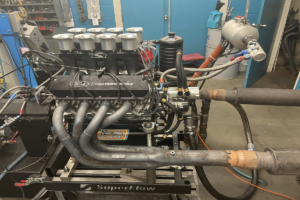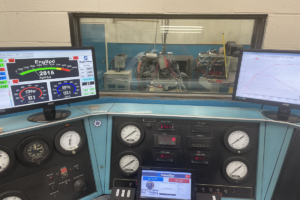Testing with an engine dyno or chassis dyno is one of the best ways to determine the optimal fuel and ignition settings for any type of engine. This blog post will focus on engine dynos. When we want to talk to a chassis dyno expert, we call Tim Engler at Engler Machine.
At Shaver Specialties, we work on many different types of engines. Still, our focus is the alcohol-burning sprint car engine. Ron Shaver and our team have been very successful at this for many years. In fact, because of his success and skill, Ron was elected to the Sprint Car Hall of Fame several years ago as a top engine builder.
This post will discuss the differences between tuning a gasoline engine and an alcohol engine. I have been fortunate to have worked with some of the best engine tuners in the country over the years, and now I would like to share some of that knowledge.
There are many variables when considering engine tune-up. The factors to consider include engine size, compression ratio, fuel type, spark plug heat range, engine manufacturer, and weather conditions.
Compression ratio
With a sprint car engine, let’s start with the compression ratio. One of the advantages of running methanol is that it reacts differently than gasoline at higher compression ratios. For the engine gurus reading this, I’m talking about normally aspirated stuff, not boosted engines. My buddy, Shane T, is the go-to guy for that application. At Shaver, we build basically two types of sprint car engines. The first is the 360, including open and ASCS restricted. Second is our specialty, the all-aluminum 410, both wing and non-wing. To achieve maximum performance on these engines, and because methanol is very forgiving, we have boosted the compression ratios to levels that would not work with gasoline alone.
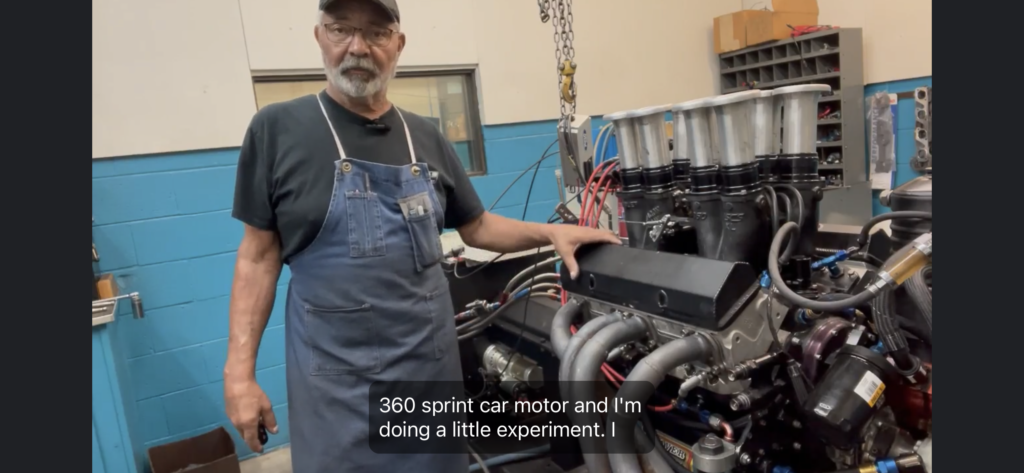
Because of the piston to valve issues on our 360s, we are at about a 14.5:1 ratio. The 410 has a larger displacement which makes getting compression a little easier, so we are between a 16:1 and 17:1 ratio. So, when you think about that, timing gets a little tricky. Compare those ratios to a diesel engine without a spark plug. In that engine, the ratio is a bit over a 20:1 ratio, which makes the fuel ignite from just the heat created by the pressure.
Ignition timing is often misunderstood. I’ve been asked why the spark plug fires before the piston comes all the way up on the compression stroke. The reason is that there will always be a delay from when the fuel is ignited to when it reaches its maximum explosive power. Each engine, with its own cylinder head chamber combination, may require different timing events. As the combustion system’s efficiency improves, it will require less timing to produce the same results. So, what do we do to find this magic number?
Assuming that the fuel is correct (and I will address fuel shortly), as the motor is warmed up on the dyno with both water and oil temperature at “optimum” (this is where it gets fun for me), I will bring the engine up to peak torque or just beyond and hold it there for a while. I say this because when Ron showed me this so many years ago, he would just walk away for a while, and if the motor didn’t break, it was good. I typically perform this routine manually, but my Super Flow dyno computer can also perform the calculation.
If we have a new head design, as we have frequently over the years, we always start lower than what we expect to need and work our way up. Of course, with the heat that is being generated in the combustion chamber, the water temperature and surface temp inside the chamber will rise quickly. As this happens, we watch the torque reading closely. If it increases even slightly, we know we are safe. We will do this until we reach the point that we think is the hottest the motor will get on the racetrack. There is a point as we increase the timing when the torque reading starts to decrease. This is the danger zone. This means that the temperature inside the combustion chamber is too high for the controlled burn, and the fuel is being lit before the spark plug tells it to light. That’s bad. Then, the pressure that is created happens too soon on the up-stroke of the piston, which creates even more heat, creating destructive forces on the piston. And yes, there are times in the last 25 years I have found this out the hard way.
Spark plugs
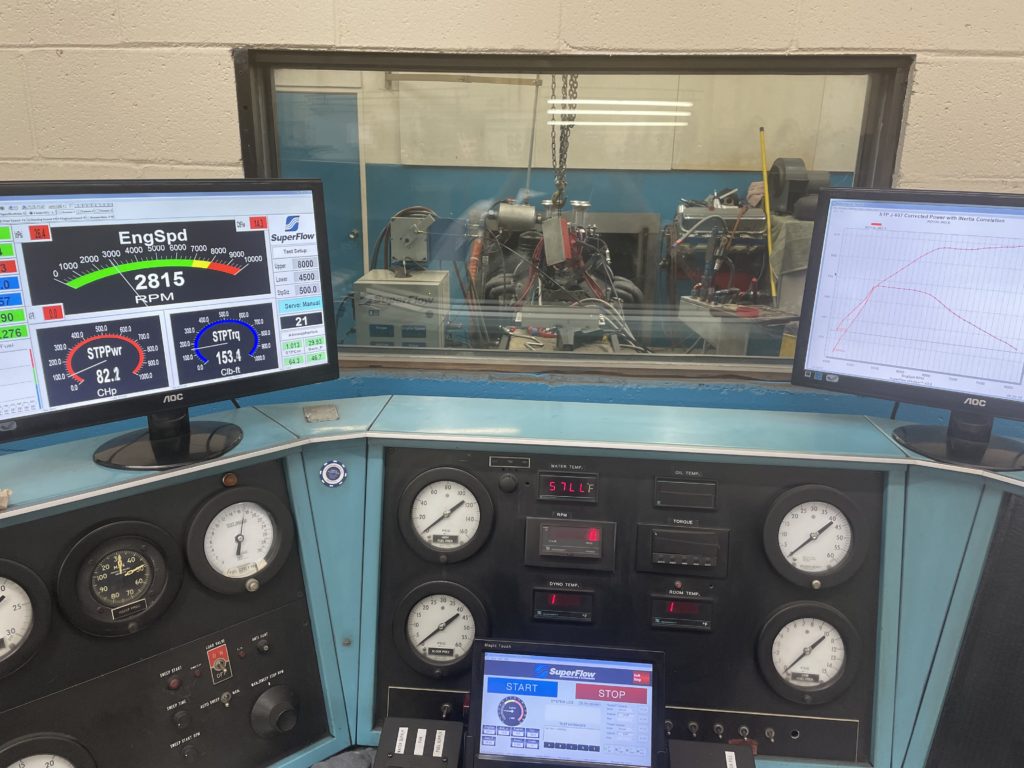
This leads me to the spark plugs, one of the most misunderstood parts of an engine. Spark plugs work in conjunction with engine timing. This is because a spark plug is constructed for a specific application. Most of you have heard of “heat ranges” for plugs. A spark plug doesn’t just provide an ignition source for the fuel mixture. From the time you start your engine until it reaches operating temperature, the spark plug is also getting hotter. If it gets too hot, it will light the air-fuel mixture, and again—danger zone. In most modern cylinder head designs, the head is designed to take heat away from the plug.
It was a challenge when I started to find the right heat range combination for our engines. We went through lots of trial and error and a few burnt pistons. The two plugs we currently use in our engines are the NGK 10 in the 360s and the 11 in the 410. The 10 is one step hotter than the 11. Let’s relate this to what I said earlier about ignition timing. Specifically, the difference in the two heat ranges also acts like approximately one degree of timing in the engine if everything else is similar. For example, suppose you’re running 30 degrees with the 11. That means the engine will react like 31 degrees with the 10. The reason for the different plugs between the 360 and the 410 is the compression ratio difference. The amount and shape of the ceramic material around the center electrode and the ground strap’s position control the plug’s heat.
Fuel
In simple terms, it takes a certain amount of fuel, mixed with a certain amount of oxygen, to make a designated amount of horsepower. This is true with any engine application, but I will concentrate on the sprints again. As I’m tuning an engine on the dyno, one of the most important things I look at is how much fuel the engine is using as it travels through its RPM range relative to how much power it is making. This is referred to as Brake-Specific Fuel Consumption—BSFC—and we measure this in pounds of fuel, per horsepower, per hour. Methanol weighs approximately 6.6 pounds per gallon at room temperature. I have some very accurate equipment to measure this on the dyno.
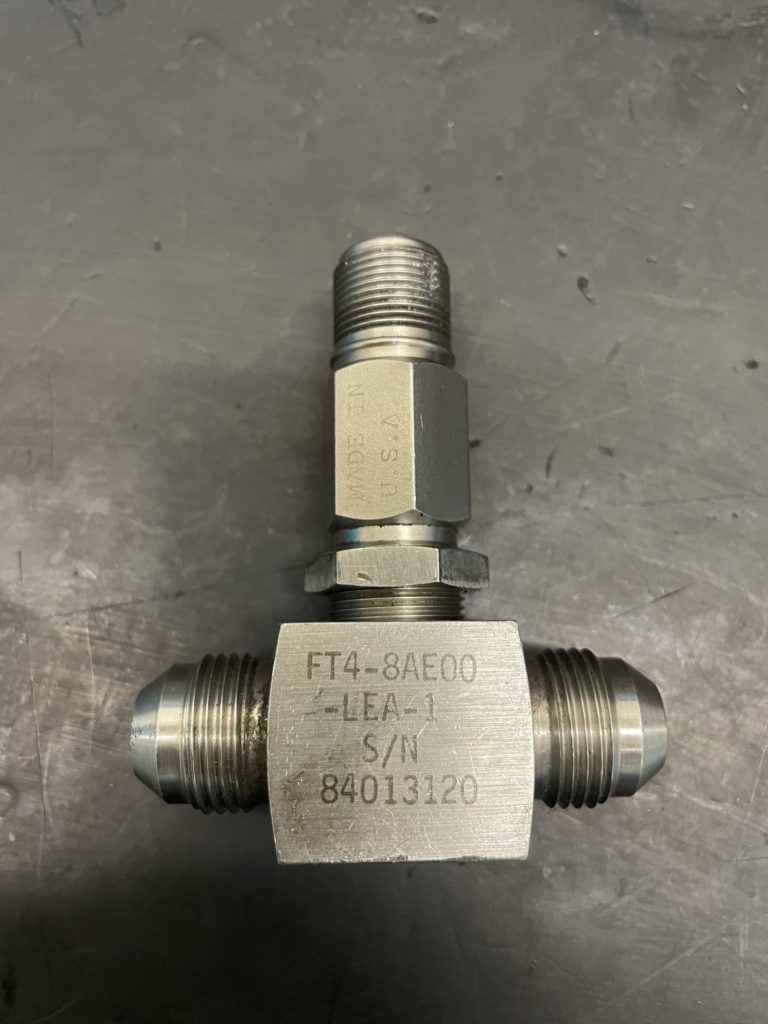
As with optimal timing, I will typically start with more fuel than I think I will need for peak performance and slowly work my way to too lean. Methanol is much more forgiving than gasoline because of the amount required to make similar power. In fact, methanol needs about twice as much fuel to make the same power as gasoline. Because of this “fudge factor” with methanol, a difference of 5-10 percent, either way, will produce very close to the same power. Some tuners still take too much fuel out, thinking it’s better for maximum power. I’ve always thought it was more important to finish the race.
I’m also going to talk just a little about naturally aspirated gasoline engines. The same procedures do work on these, but I usually use more tools. When I work on a sprint car engine, I concentrate on a certain RPM range that the drivers experience on the racetrack. In contrast, I need to tune from idle to max RPM on a gasoline engine with a carburetor. Horsepower in either case is expressed as a mathematical formula: Torque x RPM/5252 = HP
BSFC is RPM related, and because of this, BSFC doesn’t work well at low RPM. This is where the oxygen sensor and fuel flow come in very handy. The oxygen sensor gives me an air-fuel ratio. To express this simply, the voltage change occurs on a heater element inside the probe based on how much oxygen is left in the combustion process. Some of you may wonder why I didn’t mention the oxygen sensor for methanol engines. Does it work for them? Yes, but there are issues with that. The major problem is that there is a heater element in all oxygen sensors. As a result, all methanol engines with constant flow methanol injection are wasteful. Specifically, when the alcohol that isn’t being burned in the engine gets into the exhaust system, it hits the heater element and breaks it. A good comparison to think about this is the filament in an incandescent light bulb burning out.
Weather conditions
Carburetors and electronic fuel ignition (EFI) systems are very good at knowing the weather conditions and adapting accordingly. EFI systems are even better at this than carburetors. However, our constant flow fuel injection system on the sprint car is very stupid. It can’t adapt. Instead, it requires the user to adjust the fuel settings based on the current weather conditions—temperature, humidity, and atmospheric pressure. As a result, most sprint car teams carry a portable weather station to the racetrack and adjust the fuel mixture based on their readings. When I test an engine on the dyno, I get a baseline based on the current conditions. From that base, I will create a fuel sheet for the customer they can use as the conditions change.
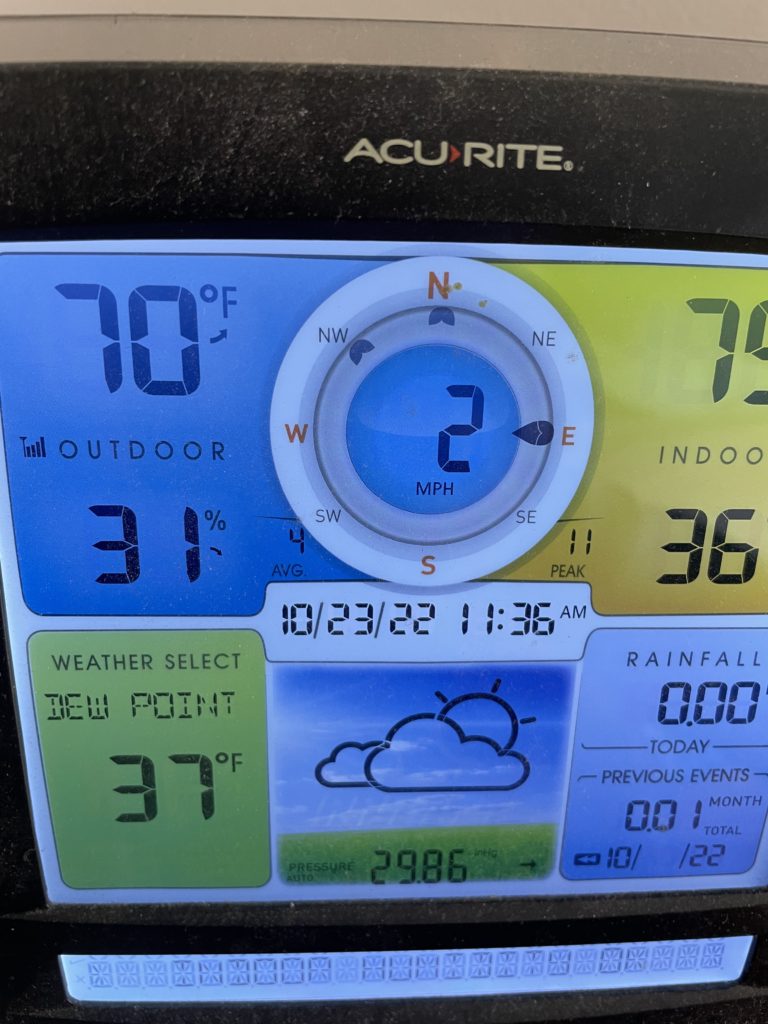
In closing, I’d like to shout out to my friend and fellow engine builder Gary Meehan from Australia for suggesting the topic for this post. If you have topics you would like to see me cover here, please let me know. You will get to see your questions answered.




